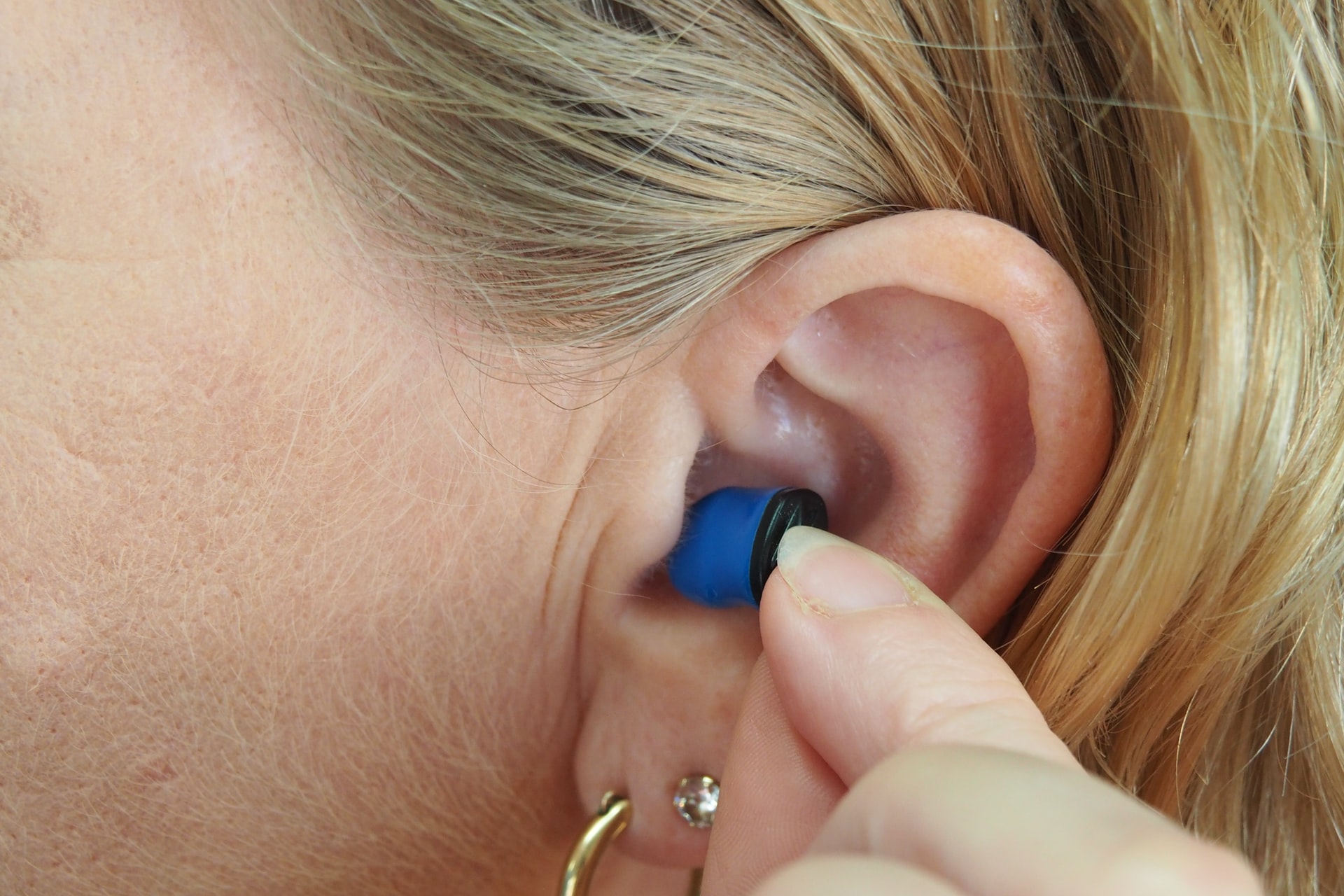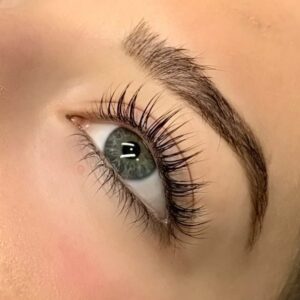Can My Insurance cover hearing aids?
We accept all insurance providers which include: Medicare, Blue Cross/Blue Shield, Federal Employee Health Benefits Plans, Aetna, Cigna, Humana, Erickson Advantage, and United Healthcare. hearing aid insurance coverage uk.
Cover your hearing aids by insuring them through Assetsure
Once you’ve gotten those new hearing aids you’ll need to ensure you have the right assurance for your hearing aids. Similar to any small-sized object, these items can be lost or break in the wrong way.
We provide insurance for those who reside of the United Kingdom in respect of damage or loss due to the use of hearing aids. (Also included is unsolved disappearance insurance as usual)
The policy we provide is specifically designed to protect Hearing Aids and there are some exclusions. It also covers trips to foreign countries for up to 60 days every trip. We are able to quote and insure the majority of types of devices, digital or analogue, such as;
Hearing Aid Insurance policy covers your hearing aids as well as all accessories, including remote controls, bluetooth, and wireless devices.
- Behind the ear (BTE)
- Mini Behind the Ear (BTE mini)
- The ear of the receiver (RITE)
- in the ear (ITE)
- Completely within the Canal (CIC)
- Body worn devices
The policy provides protection on a new and you must cover your device to its total replacement value.
Ten Best Auditory Aids to Use in 2022
A quick overview of the most effective hearing aids
- The most technologically advanced devices for hearing: Starkey Livio Edge AI
- Best hearing aids with no visible wires: Eargo Neo HiFi, Phonak Lyric
- Best Invisible Hearing Aids for hearing loss that is mild: Nano CIC Invisible Hearing Aids
- The best hearing aids to get real-sound: Lively 2 Pro, ReSound One
- The best low-cost hearing aids Kirkland Signature 10.0 With Tcoil
- Best hearing aids for streaming: Signia Styletto Connect
- The best hearing aids for hearing loss that is unilateral: Signia CROS Pure Charge&Go X
- Best hearing aids for severe hearing loss: Oticon Xceed, Phonak Bolero Marvel
- The best hearing aids for Tinnitus: Oticon More
- Best ready-to-wear hearing aids: Signia Silk X
Hearing aid styles and types
The hearing aid insurance policy of Assetsure – Available
To be eligible to receive a quote and insurance to be eligible for a quote and insurance, you must be an United Kingdom resident over the 18 years of age or older. It is usually possible to make a return to your audiologist’s office in the case of any claim.
Our policy was specifically developed to cover hearing aids , hearing aid insurance coverage uk. and gives a broad coverage with a few exceptions.
We will provide you with quotations and insurance for all aids once we have received the application form. Premiums are payable by debit or credit card. We also offer monthly installments.
Are you in search of an aid to hear? The best type and design for you is contingent on the degree of your hearing loss, lifestyle desires, and aesthetic preferences.
For a start there are two primary kinds of hearing aids:
- The ear (ITE) hearing aids
- Hearing aids behind-the-ear (BTE) hearing aids
(All images are courtesy of Oticon. )
The ear (ITE) hearing aids
The ITE aids fit inside the ear canal. They typically custom-fitted on the basis of an impression taken by your hearing specialist during your consultation with a hearing aid. These types are generally available in various shades of skin tones that blend into the outside of the ear. Certain kinds made of ITE hearing aids are positioned deep within the ear canal, whereas others are more close to the outside of the of the ear.
Hearing aids behind-the-ear (BTE) aids to hearing
BTE devices are placed on top or behind the ear’s outer part with tubing that channels the sound downwards into the ear canal through an customized armold as well as a dome design that does not restrict the entire opening in the ear canal. BTE designs are available in various shades to match hair color and the skin’s tone and also extravagant designs that can be customized to suit your needs.
If you’re using ITE or BTE the majority of devices have batteries which are rechargeable or disposable. This means that they can be replaced anytime between 3 to 20 days.
Common hearing aid styles
In-the-ear styles
Invisible within the channel (IIC)
Completely inside this canal (CIC)
IIC as well as CIC models are among the most compact and discrete hearing aids that are available. “Invisible within the canal” IIC styles are as described as being virtually invisible. Wearers place them deeply within the ear canal and then they have to be removed using an ear-pull-out string. “Completely inside your canal” CIC are very similar however they don’t fit quite as deeply in the ear.hearing aid insurance coverage uk.
These types of styles are usually suitable for people who have moderate or mild hearing problems. Because of their dimensions, they do not usually include any manual controls, such as the volume wheel or program buttons.
Advantages:
- Very discret
- high-quality sound due to how they fit inside the ears.
Disadvantages:
- vulnerable to ear wax and damaged by moisture
- The small size of the limb can pose an issue in dexterity
- The small size could be a hindrance for the wireless connectivity of devices such as smartphones.
The In-the-Canal (ITC) Hearing aids
ITC hearing aids are placed within the lower region of the ear’s outside they are extremely comfortable and simple to use. Since they’re slightly bigger in comparison to IIC and CIC models, they tend to have a bit longer battery life , and are able to accommodate a greater range of hearing loss. The size of these models also permits them to accommodate additional features, like directional microphones to provide better comprehension in noisy environments as well as manual controls, such as an volume wheel.volume wheel, should you want.
Advantages:
- Disguised
- longer battery life and greater features over IIC and CIC styles.
Disadvantages:
- susceptible to ear wax damage and damaged by moisture
- more occlusionand cause wearers to feel more plugged-up
- The small size of devices can pose an issue when it comes to connectivity to wireless devices. Their small size can be a problem for connectivity to wireless
Hearing aids with a low profile
Low-profile hearing aids resemble to ITC models, and range in size from half-shelldesigns which fill half of the bowl of the outside ear, to full-shelldesigns which fill all the bowl of the outer ear. Similar to ITC models, these low-profile models are big enough to include the ability to use directional microphones as well as manual controls including an adjustable volume wheel or an option to change the program. The dimensions of a low-profile design makes it a good choice for those who have difficulty with their hands since it is more comfortable to control than smaller dimensions.
Advantages:
- larger size is easier to insert and larger size is easier to insert and
- includes additional features and controls for users.
- likely to be connected to wireless devices, such as phones
Disadvantages:
- More discreet than smaller in-the-ear styles.
- more occlusionand create a feeling of plugged-upness for wearers.
Behind-the-ear styles
The ear of the receiver (RITE)
A few of the more sought-after hearing aid styles is called “receiver inside the ear” (RITE) or “receiver in canal” (RIC) in a different way, based on the brand. However, they all mean the same thing, an open-fit style of hearing aids which has the speaker integrated inside an adjustable Ear dome rather than the part of the hearing aid’s body. In other words, the speaker in the hearing aid sits inside the ear canal. However, the processor and microphone are inside a small housing withinthe ear. They are connected with an extremely tiny wire. This kind of hearing aids tends to be superior in audio quality and is produced by the major manufacturers of hearing aids.
If it is broken, the speakers component in the hearing aid which fits into the ear may be repaired at the clinic for hearing aids instead of being taken to the manufacturer for repairs.
Advantages:
- typically the only model that includes typically the only style that comes with a option for rechargeable batteries. choice
- Most likely to have wireless connectivity for devices such as phones
- more likely to feature the latest technology like Artificial Intelligence
- The speaker can be replaced with a separate speaker
- Telecoil options are not uncommon
Disadvantages:
- smaller sizes of RITE (known as mini-RITEs) can pose a challenge for dexterity
- The speaker, located in the ear, is vulnerable to moisture and wax damage
- the microphone and sound processor which are behind the ear are visible
Behind the ear using armold
BTE designs that are equipped with earmolds can be used to treat any kind deafness, ranging from mild to severe. Their larger shape is in line with the contours of the ear’s outer part and generally contain more features, controls , and battery power than the other hearing aid. A BTE with an earmold type is often used by children due to the fact that it is a flexible BTE can be changed according to the needs and the earmold may be changed when the child gets older.hearing aid insurance coverage uk.
Advantages:
- can be used to treat all types of hearing loss. This includes profound hearing loss.
- typically, models are available with the ability to connect wirelessly to devices and advanced technology
- Custom-fit earmolds can be changed separately
- less prone to damage from moisture
Disadvantages:
- more occlusionand cause wearers to feel more plugged-up
- possible space limitations for those who wear eyeglasses
- Not as visually concealed
What is the best hearing aid for me?
If you’re in the market to purchase a hearing aid there are a lot of options to consider. In the simplest sense hearing loss advocates suggest four essential characteristics they can recharge and attractive to the eye and come with built-in Bluetooth and also have the capability to allow Telecoil. The problem? The only receivers with the four features at the moment which means you’ll be left out if you choose to go using CIC over a RITE. CIC instead of the RITE.
We designed this flow chart to assist first-time hearing aid users or those looking to purchase new hearing aids determine which hearing aid is the most suitable for them.
In the case of hearing aids, you can choose from many types and features available to meet different hearing loss requirements. It’s crucial to think about several aspects in deciding on the appropriate design to meet your needs. (See the legend below for acronyms).hearing aid insurance coverage uk.
Do you use hearing aids?
If you already have hearing aids and would like to modernize them your best option to begin is with your current design. If you’re comfortable with the design, you’ll find the exact same or similar style to the old device, but with more advanced and modern features. It’s possible that the kind that you suffer from hearing loss is changing over the years, but it’s essential to test your hearing prior to upgrading your hearing aids. Additional: Signs you need an upgrade to your hearing aid.
Do you struggle with dexterity?
If you’re struggling with dexterity (for instance, having difficulty getting small objects into your hands or losing touch in your fingertips) It’s generally best to stay away from smaller gadgets. The low-profile ITE as well as BTE devices that have earmolds could be ideal since they’re the biggest instruments and are easy to use. Furthermore the batteries are the biggest–sizes 13 or 675 or rechargeable, making them simple to use. Additionally hearing aids with automatic features must also be considered so that you won’t need to touch those tiny controls to control the volume. You might also want to speak with your hearing professional about the possibility of using a remote control in the event that the volume control or the program controls in the hearing aids you have are challenging to navigate.hearing aid insurance coverage uk.
Are your activities limited?
If you’re homebound or have difficulty performing everyday activities, or suffer from mental impairments BTE products with Earmolds may be the most appropriate. Earmolds that are constructed of soft, flexible materials can allow it to sit comfortably inside the ear and make it easier for a caregiver to aid. Other options to think about include aidive hearing equipment as well as alarm mechanisms like amplified phones, specially designed smoking detectors alarms for bed-shakers and doorbells that flash a light, or an item that can amplify the TV.
How do you rate your hearing?
What type of hearing loss do you suffer from?
If you are suffering from hearing loss in the lower frequency range (as as in you have difficulty hearing deep bass-filled, deep sounds also known as reverse-slope hearing loss) A snug fitting CIC and ITC styles can help you process sounds while remaining quiet. Occlusion can help to block out background noise. It is the same in the case of hearing impairment that’s “flat,” meaning it is affecting both high and low frequency.hearing aid insurance coverage uk.
If the hearing impairment is mostly at the higher frequencies–which a majority of people experience, particularly when they suffer from an age-related hearing loss–the open-fit RITE models provide the best comfort since they allow in natural low-frequency sounds you’re capable of hearing while amplifying high-frequency sounds. These styles come with sophisticated features that allow hearing aids to cut out noise from speech, adjust to various environments, reduce feedback, and wirelessly connect to mobile phones, personal microphones system, or other assistive listening devices available in public places.
Power helps with severe-to-profound loss
If you suffer from an extreme or profound loss of hearing, ITC hearing aids, low-profile ITE hearing aids, or BTE hearing aids that include earmolds could be suitable according to the severity of loss. They are referred to by the name of “power” as well as “super powerful” hearing aids. These types of hearing aids offer the highest level of amplification and are less prone to water damage that can occur in within the canal of the ear. The latest features are essential to take into consideration, since they can block out noise from speech, adjust to various environments, reduce feedback, and wirelessly connect smartphones or a personal microphone system or any other public assistive listening devices.
What are cochlear implants?
For some hearing aids aren’t enough to treat their hearing loss or they could be more successful by using cochlear implant or an implanted hearing device that is bone-anchored.
Do you require hearing aids?
Hearing aids are available to a variety of hearing loss in more sizes and styles than ever before, thanks in part to the diminution of electronic devices. A greater number of people can wear tiny, virtually invisible devices. Even the larger-sized models are now offered in contemporary and sleek designs. Are you in need of hearing aids, or believe that you may have a hearing issue? An ideal next step is to look up our directory of consumer-reviewed medical professionals to find hearing aids close to you..



